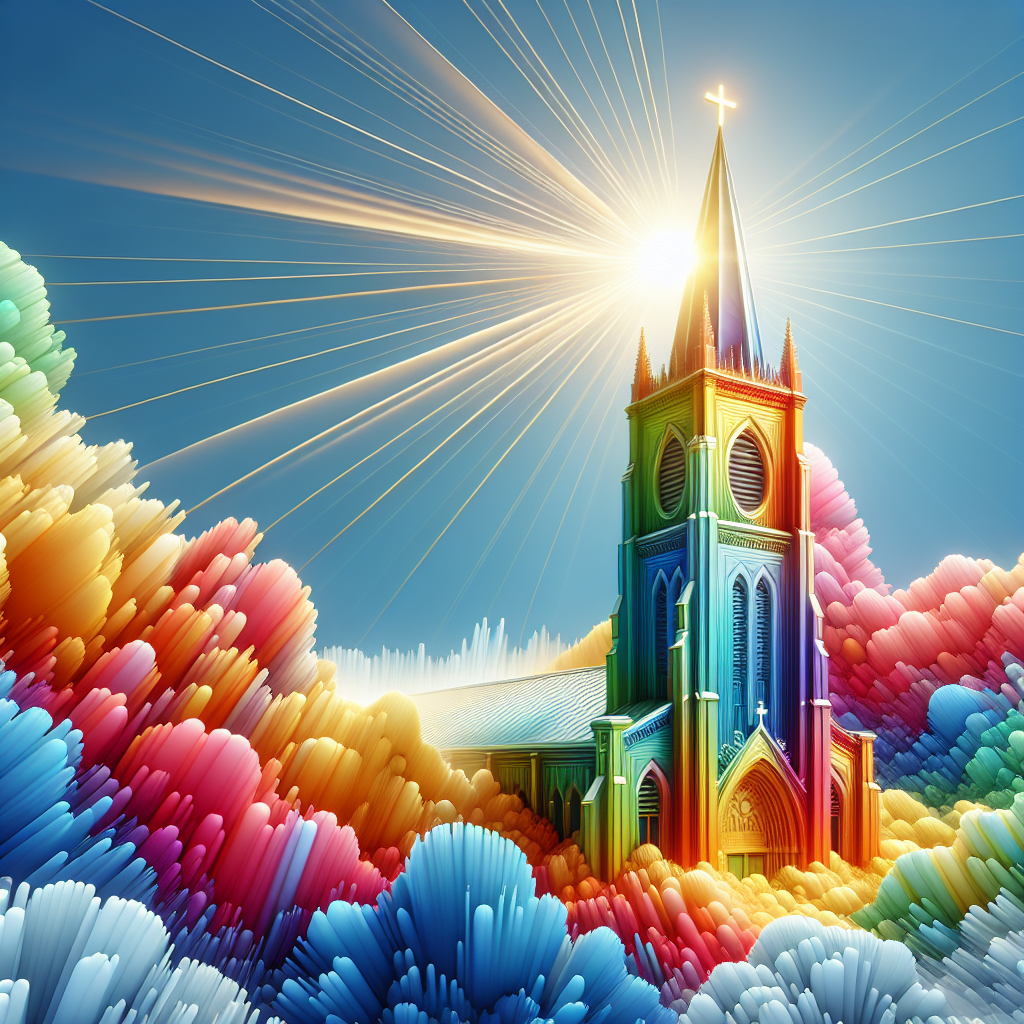One South Church: A Skyscraper in the Desert
Imagine a towering skyscraper rising from the desert like a mirage, a beacon of modernity amidst the arid landscape. This is One South Church, a prominent office building located in the heart of downtown Tucson, Arizona. Completed in 1986, this 23-story structure stands as the tallest building in Tucson, reaching a height of 330 feet. It was designed by the architectural firm of Skidmore, Owings & Merrill, known for their innovative and sleek designs. One South Church serves as a hub for business and commerce, housing a variety of offices and offering panoramic views of the surrounding desert and mountains.
The building's design is a testament to the architectural trends of the 1980s, with its reflective glass facade and sharp, clean lines. It represents a period when cities across the United States were embracing modern skyscrapers as symbols of economic growth and urban development. For Tucson, a city known for its sprawling desert landscapes and historic adobe architecture, One South Church stands out as a bold statement of progress and ambition.
However, the construction of such a towering structure in Tucson was not without controversy. Critics argued that the building's height and modern design clashed with the city's historic character and natural surroundings. Tucson is a city deeply rooted in its cultural heritage, with a rich history that dates back to its founding in the late 18th century. Many residents and preservationists were concerned that the introduction of high-rise buildings would erode the city's unique identity and charm.
Despite these concerns, One South Church has become an integral part of Tucson's skyline. It symbolizes the city's evolution and its efforts to balance growth with preservation. The building has also played a significant role in revitalizing downtown Tucson, attracting businesses and fostering economic development in the area. As a result, it has contributed to the city's transformation into a vibrant urban center while still maintaining its connection to the past.
From an environmental perspective, the construction of One South Church also raised questions about sustainability and resource management. Building a skyscraper in the desert requires careful consideration of water usage, energy efficiency, and the impact on local ecosystems. Over the years, efforts have been made to address these concerns, with the building incorporating energy-saving technologies and sustainable practices to minimize its environmental footprint.
For those who appreciate modern architecture, One South Church is a striking example of how contemporary design can coexist with traditional landscapes. It challenges the notion that cities must choose between preserving their heritage and embracing progress. Instead, it demonstrates that with thoughtful planning and design, it is possible to achieve a harmonious balance.
While some may still view One South Church as an anomaly in Tucson's skyline, others see it as a symbol of the city's resilience and adaptability. It serves as a reminder that cities are living entities, constantly evolving and reshaping themselves in response to changing times and needs. As Tucson continues to grow and develop, One South Church will remain a testament to the city's journey and its ability to embrace both its past and its future.

